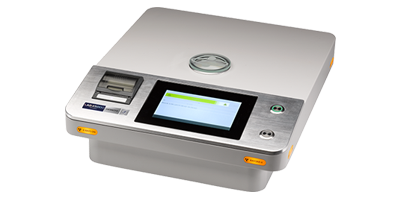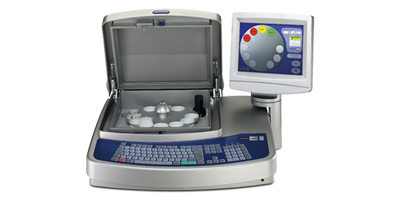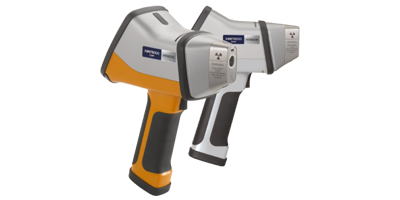When it comes to compositional analysis of petrochemicals and biofuels, the main issue is accurately measuring the levels of regulated substances, such as sulfur and chlorine. Sulfur is controlled to extremely low levels and this can be difficult to detect. Elemental analysis is also crucial in the manufacture of products that are derived from petrochemicals. Lube oil, roofing shingles and polymers all rely on controlled additives to give them the desired performance characteristics.
XRF analysis is the established method for verifying levels of substances within fuels – both those that are unwanted and those that are added deliberately, and many of the regulations surrounding the production of fuels call for XRF analysis. Not every XRF instrument can detect the very low levels of sulfur within fuel and the instrument must be chosen carefully. Sometimes a handheld XRF instrument is necessary, especially when checking sulfur levels in marine oil.

The powerful LAB-X5000 is ideal for verifying levels of sulfur, chlorine and metals within crude oil, lubricants, and fuel oils. Its rugged and compact design is ideal for use in a busy production environment, and a sample spinner makes it easy to make several measurements to ensure homogeneity. Complete with safety window to protect against any spillages, the LAB-X is the workhorse of many labs and petrochemical testing facilities worldwide.

The X-Supreme8000 is the analyzer to choose if you have a lot of samples to test and need to detect ultra-low levels of sulfur. The analyzer includes a ten-position autosampler and once up to ten samples are loaded into the instrument, it can be left to automatically measure each one. The X-Supreme will detect low levels of sulfur and chlorine, as well as nickel, vanadium, and iron in fuel oils.

The X-MET8000 is a handheld analyzer that is designed for on-site analysis. As a portable device with a long battery life and embedded GPS to pinpoint location of analysis performed, the X-MET is ideal for on-board testing of sulfur within marine fuel. This lightweight, durable instrument is tested to the MIL-STD-810G standard for robustness and conforms to ASTM D4294, ISO8754 and IP336.
Watch how the X-MET8000 analyzer is an essential piece of on-board equipment for IMO2020 compliance
Watch how the LAB-X, X-Supreme and X-MET can support petrochemical and fuel production and quality control.
Take a look at our resource library for more on the petrochemical and fuel industry.
To find out more about XRF analysis in general, and how our instruments can support your specific application, you can download the relevant brochure or application note below.
For more information on the best instrument for your petrochemical or fuel application, get in touch to speak with one of our experts.
Contact Us